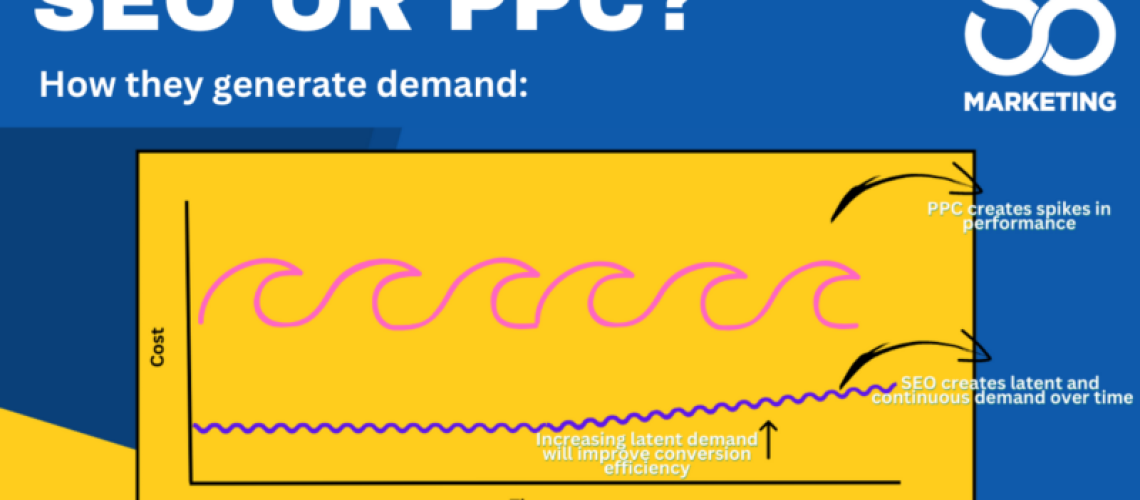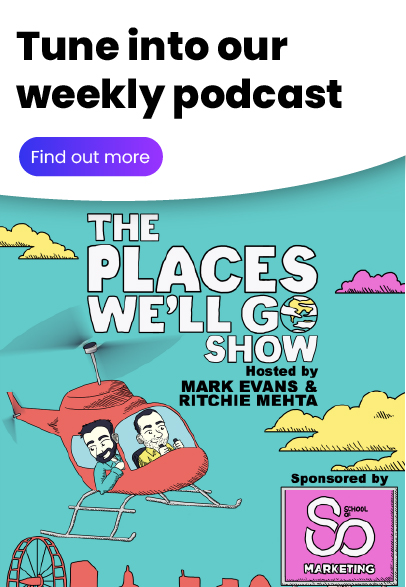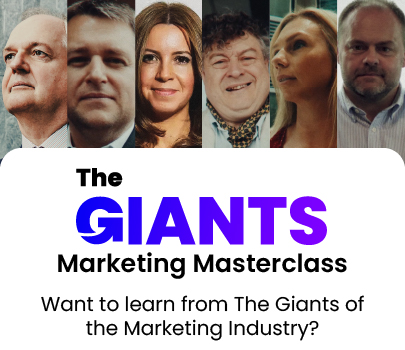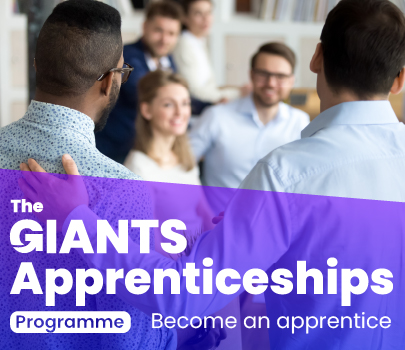This is one of the most popular questions I get asked; SEO or PPC?
So I wanted to outline the when and why of both these techniques. It’s a big topic that goes to the heart of many dynamics in marketing; brand vs performance, emotion vs rationality, and organic vs paid, to name a few. We will come back to these later on.
Inevitably it has a “depends” answer based on the stage of business, buyer cycles and types of purchases. Again, you can see why it’s a much-asked question!
How SEO and PPC generate demand
Let’s begin by outlining how each works together to create demand.
SEO brings with it latent demand that is continual and longer lasting. Once ranked, it can bring in a flow of organic traffic to your website. So increasing SEO over time can be transformational for your website since it represents an ‘always-on’ channel.
Think of it like you have to spend time sowing the seeds that you harvest down the line.
On the other hand, PPC represents a burst of demand in the short term. It comes in waves, and you pay the price for immediacy. It acts as a shortcut to get to the top of the rankings.
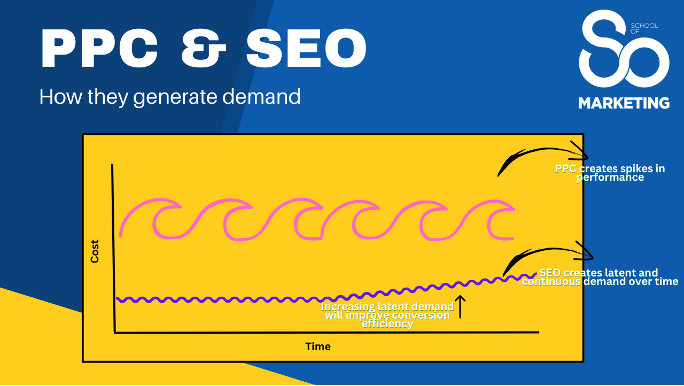
Now, we can see when these tools are helpful depending on the business situation. There is no doubt that a consistent level of web traffic that is ‘in the moment’ is cost-free (as you invested a long time ago) is beneficial. It makes life more predictable. But on the other hand, investing in PPC can offer a great solution when you needs a burst of demand and revenue.
Let’s dig deeper into this dynamic to see how it plays out in practice.
Where to begin?
To begin with, it would appear that the industry has a somewhat binary answer.
According to research conducted by SEMRUSH, most businesses begin with PPC, presumably wanting to grow sales in the short term. This is then followed up by SEO over the mid to long time as they reach a plateau and find increasing CPAs.
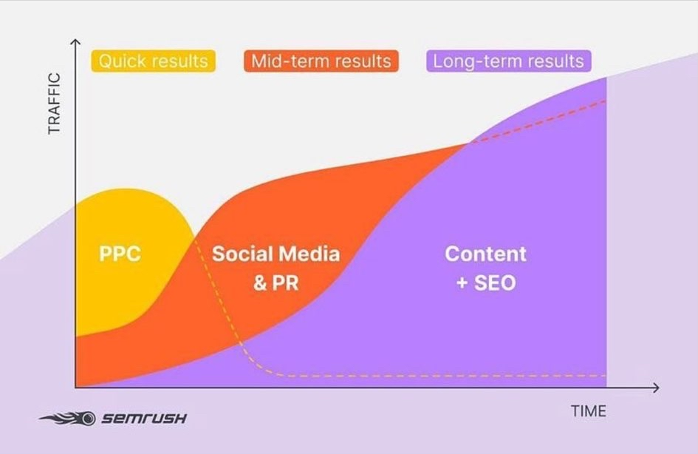
There are many assumptions baked into this approach to be wary of:
- Consumers will buy an unknown brand
- Consumers know the category and precisely what they are looking for
- Consumers will purchase multiple products over time, justifying the high cost per click
- Consumers will be in ‘purchase’ mode at that moment
- The cost of acquisition will go down over time
You may have guessed that these assumptions are problematic on so many levels. Also, PPC is like a constant tap of money; it must always be on to remain in the rankings. However, don’t think you are the only tap in town; instead, it’s like there are hundreds of fixtures all gunning for the same water.
So the laws of supply and demand apply, and you likely need to invest more continually, one way or another.
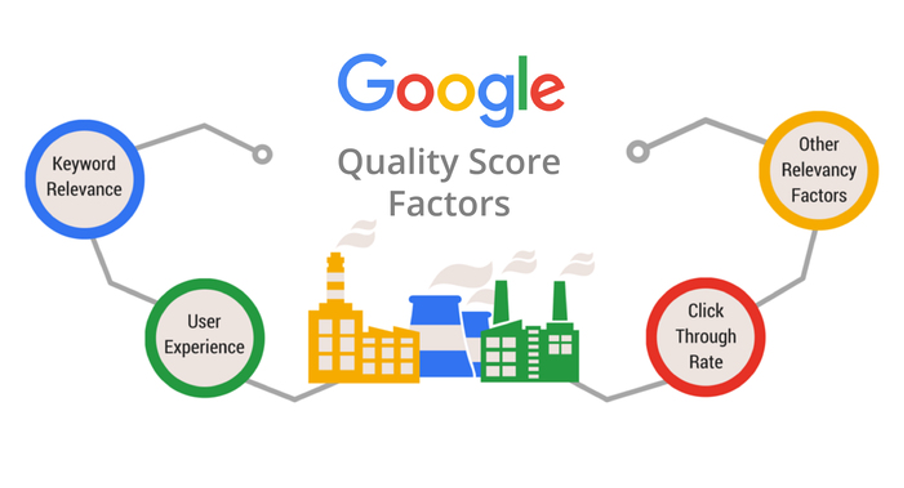
This brings in Quality Score, which is Google’s way of ranking websites and determines how much you pay to get to the top. It’s primarily based on cost per click and how relevant what your serving the audience is. The more relevant your quality score is, the less you pay to achieve the same ranking result.
So you are paying one way or another, either on a per-click basis or in your UX, content and landing pages to ensure its relevance to your audience.
SEO
Now, it’s flip it and say we go for SEO first. Is this better?
Well, first of all, you don’t pay on a click basis for SEO, which is why it’s also called organic search. However, generating good quality content is certainly not cost-free.
SEO is said to be a longer-term gain since it takes time to rank for specific keywords; however, they are likely to be long-lasting. It can take a few months to rank for particular keywords and even longer for in-demand ones.
Also, it goes beyond someone in an immediate buying mode since people may be browsing for a general topic in your category. By ranking for these topics, you are building brand salience and, Of course, getting them into your funnel, which you can nurture over time.
You will likely build greater trust since you have provided some value before diving into sales mode. Your content will also likely be longer and can combine a greater degree of emotion into it, vs PPC, where you will probably want to get to the point quickly.
You can see the merits; however, getting ranked first is not guaranteed and takes considerable effort.
Costs and CPAs
An inverse relationship exists between SEO and PPC regarding costs and CPAs (cost per acquisition). SEO will likely have a higher upfront price to determine the keywords and phrases to rank for and then build your content. However, you will not need to pay per click for rankings over time, making it highly cost-effective. They say the best time to invest in SEO was three years ago or today.
On the other hand, it’s relatively cheaper to turn on the PPC tap, but for the reasons discussed, the costs of this channel will increase over time both on a per-click basis and the fact that you will need to invest continually.
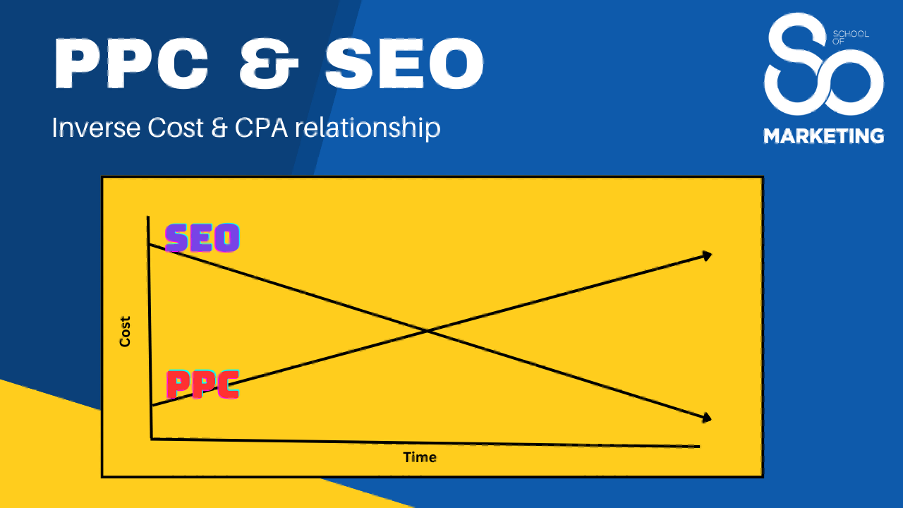
A study identified by the legend Andrew Holland (who I highly recommend you follow) looked at the CPAs of SEO vs PPC. The results may well surprise you. The CPA was shown to be, on average, 52.1 times lower for SEO than for PPC. Yep, that’s correct. It’s not a typo.
The studies conclusion:
“SEO should be the marketing system of preference for e-commerce-based websites.
However, there are cases where PPC would yield better results –
when instant traffic is required, and when a significant initial expenditure is impossible.”
Objectives first, channel second
Determining what you want to achieve is an excellent way to figure this out. Let’s say you want:
- Revenue in the short-term
- More efficient and growing revenues in the long term
- More brand presence and driving through the funnel
Of course, some of the above may take precedence based on where your business is. But for argument’s sake, let me try and get more holistic.
Revenue in the short-term
You will immediately be drawn to PPC if you care about short-term revenue. After all, it offers a degree of buy intent for what you offer, and you could pip your competitors to the top of the ranking to be in poll position.
In the beginning, you are likely to pay top whack for the privilege of ranking specific competitive keywords. And yes, whilst this could reduce as you improve your UX and relevance, don’t count on it. This is a constant game of chess, and soon your competitors will outbid you, and you will have no option but to increase your bids.

More efficient and growing revenues in the long term
So this then brings us to creating longer-term, efficient demand. Well, here is where SEO will come in to help generate latent demand to accompany the spikes provided by PPC.
The benefit of SEO goes beyond latent demand and helps to build the brand to new audiences, the so-called light buyers. So what you should see is the two working in tandem and creating multi-touchpoint moments.
Let’s take an example of someone searching for the best smartphone. First, they may use a search term like ‘best smartphones’. It’s unlikely your PPC activities will yield you much here since it’s more informational content they are after. Whilst SEO would do better directing them to compare all the latest phones in the market. They go away and think about it, and luckily, this endeavour has cost you nothing regarding clicks.
After their research, they identify a specific camera feature they want, an essential aspect of your phone and one that you rank well on in PPC. Then, they click and are now primed to make the purchase.
So by working together, SEO and PPC have made the purchase funnel more efficient, introduced the brand early in the buyer cycle and created an easy path to conversion when ready. Not to mention, I have brought down the overall conversion cost for you.
More brand presence and driving through the funnel
SEO enables your brand to have a more significant overall presence in the market and show up in more places and spaces than merely using PPC.
This is very useful as studies have shown that only 5% of buyers are ever in market at one time. Therefore, by deploying SEO, you have an always-on mechanism to grab your audience’s interest early in the buying process.
However, as we have seen, SEO also can have sound effects in the middle and lower ends of the funnel. To understand more about this, we need to look at the different buyer intents that exist, of which there are 4:
- Informational: Seeking information about a particular product or service
- Navigational: Looking for a specific location or destination
- Commercial: Researching to determine which product/service to purchase
- Transactional: Looking to make the purchase
We can see that each intent can be linked to different parts of the funnel. SEO can be effective at driving each aspect of these intents, and developing your content streams around an audience intent is advisable to make it effective.
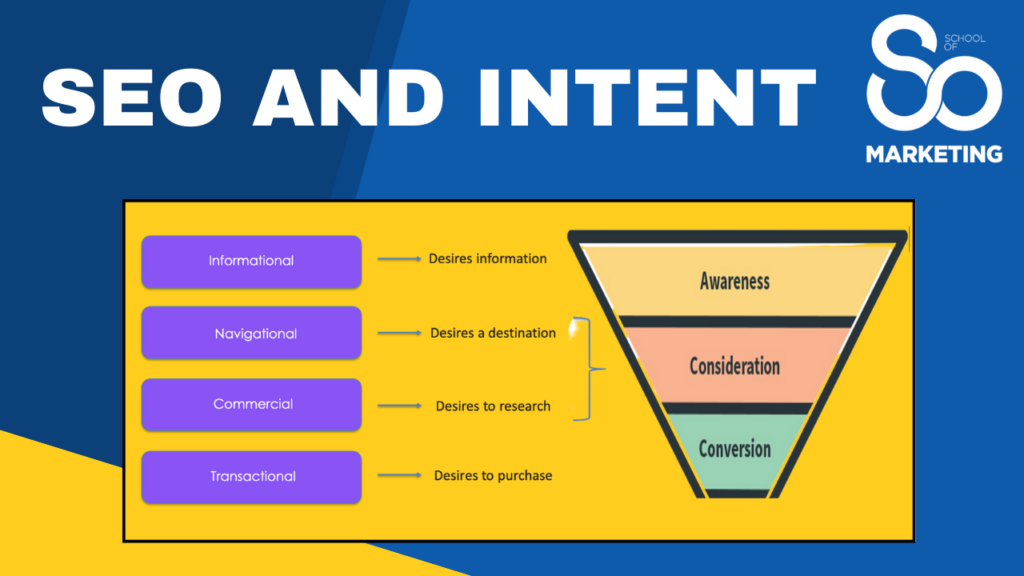
SEO, PPC and other channels
Now, it would be remiss of me to think that Marketing teams are looking at these two channels in isolation. Instead, we need to find the optimal mix between all the channels we have at our disposal.
Interestingly, both SEO and PPC are essential complementary channels, and when used in combination with, say, TV, their effects are multiplied. A study conducted by Magic Numbers found this to be the case when used together; they drove more value and demand.
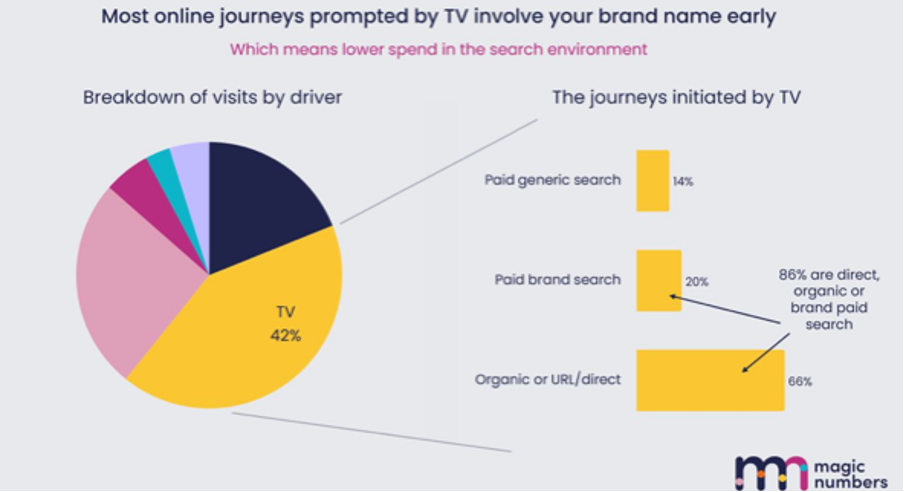
Summary
So you can see that each SEO and PPC have a role for a business based on its objectives and context. So my final point is that we are an industry that has swung too far in the direction of PPC and needs more in SEO.
Typically, marketers search for quick wins and immediate answers for their dashboards. However, remember the saying that time flies, and those that make considerable investments early in SEO will reap the rewards for additional demand and more efficient conversions.
Please take my advice.


